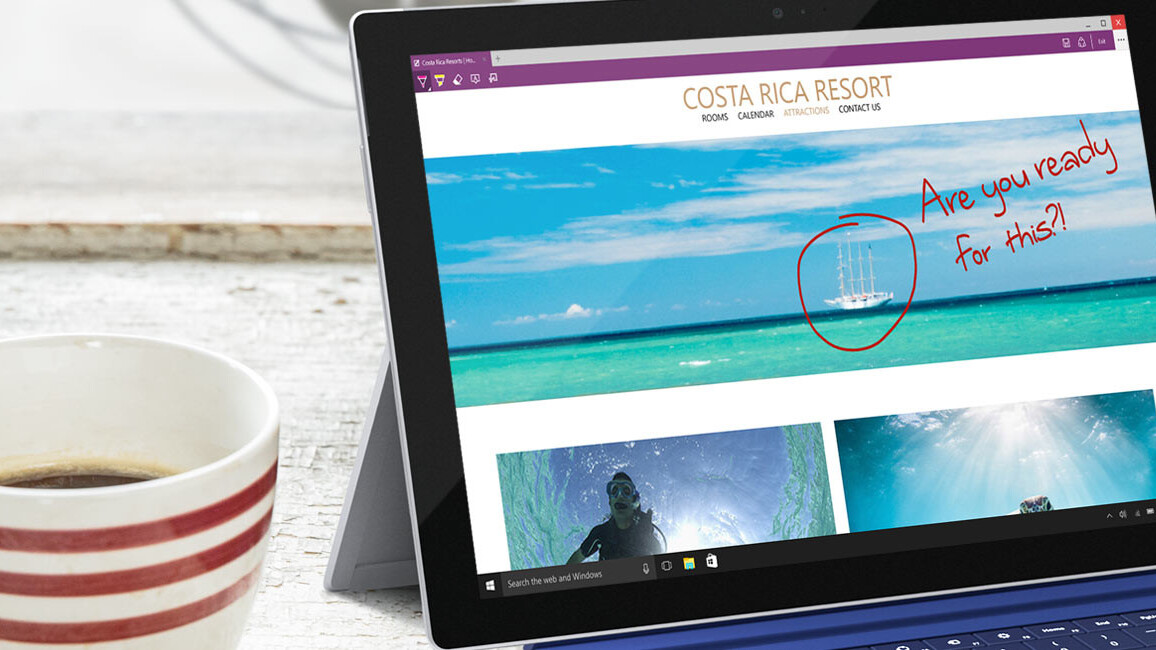
A new post from Microsoft detailing the work it’s doing on the new Edge browser discusses the ways it’s trying to build a more interoperable Web and how the company cleaning up its act.
For years, developers have had to build specific workarounds for Internet Explorer to make their websites work properly in the browser. Microsoft’s browsers were infamous for breaking code that worked everywhere else.
Now, the company is re-emphasising that Web developers shouldn’t be specifically targeting the Edge browser in their code, saying that it identifies itself as a Webkit browser and should be thought of as such.
The company goes as far as saying that “any Edge-WebKit differences are bugs that we’re interested in fixing,” further cementing the angle that developers shouldn’t be writing Edge-specific code or workarounds.
Edge will also allow for certain cases where what Web developers do in practice doesn’t actually match the standard. One example Microsoft provides is the prevalent use of malformed “meta refresh” tags that allow a page to redirect the user to another page.
Instead of simply ignoring such malformed tags, like Internet Explorer would have in the past, Edge handles the code the correct way.
Microsoft says that the new browser is more permissive of such differences between the standard and code, particularly as many of these differences are widespread practices.
Another change adopts the Webkit practice of ignoring cross-site headers in order to allow custom fonts to load from content distribution networks, despite what the standard actually defines.
The new Microsoft shines through in this blog post — instead of strictly sticking to its own standards and ideas about the way the Web should be rendered, the company is finally willing to compromise and accept the reality of developing for the Web.
As a Web developer myself, the changes in Edge are exciting. I’m hopeful that the future of building for the Web means no more strange hacks for users of Microsoft browsers and much smoother development with Edge.
If you’re a Web developer, it’s worth reading Microsoft’s post and following its new public platform status page to understand the implications of Edge and how much easier it’ll make developing for Windows’ browser in the future.
➤ Building a more interoperable Web with Microsoft Edge [Edge blog]
Get the TNW newsletter
Get the most important tech news in your inbox each week.





